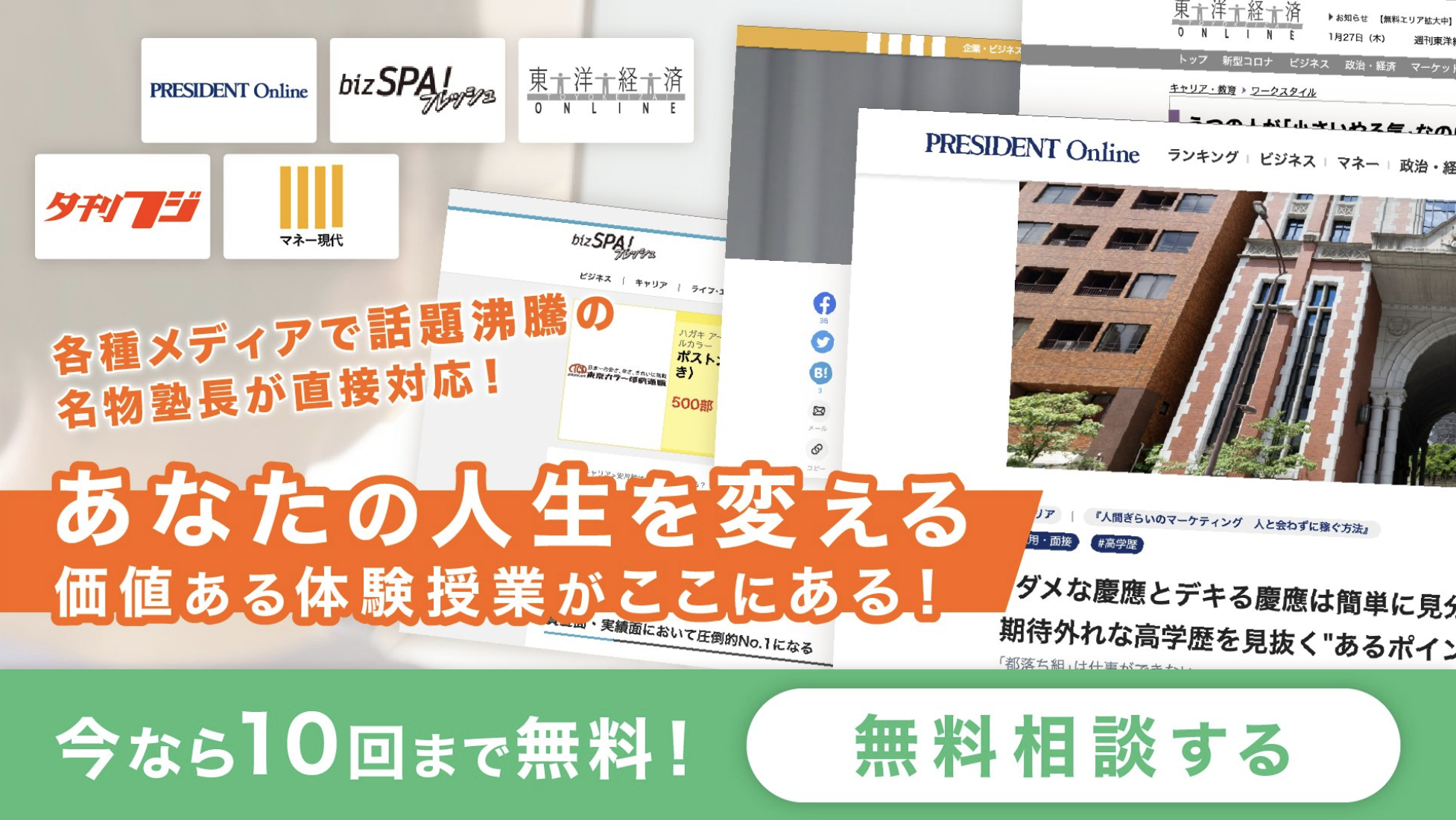“Techlash” is the rising animosity toward large technology companies and their impacts on society.Government leaders are becoming exasperated at the inability of traditional policymaking to keep up with the speed and scale of change. In that governance [46](1. direction 2. bubble 3. vacuum),
corporate leaders are recognizing a growing crisis of trust with the public that requires more aggressive
self-regulation.
In response, some companies are creating new executive positions, such as a chief ethics officer, to ensure that ethical considerations are integrated across product development and deployment.These executives are working through some of the most[47](1.disingenuous 2. contentious 3. innocuous) issues in the public eye, and the ways to drive cultural change within organizations that pride themselves on their willingness to “move fast and break things.”
While accountability for harmful products often happens at the executive level, decisions that lead to them are often made by engineers and developers on product teams . If you look at the recent tech scandals, most did not involve a moment when someone decided to proceed with a product despite knowing how it could be abused. Rather, they usually emanate from a design decision that had unintended impacts.
Most tech developers have a natural bias toward imagining the ways their products can benefit society.To [48](1.counteract 2. no1malize 3. conceal) this, employees need tools to help them predict a range of harms, from discrimination to tech addiction, and develop strategies to mitigate those outcomes.
Identifying red flags is just the first step. A process is necessary to ensure that they are raised to an appropriate level of seniority and [49](1. judged 2. implemented 3. embraced) transparently and consistently. Some ethics executives experimented with creating a new process for these “ethics checkpoints,” but quickly realized that this burdened the tight product development cycle, or was ignored altogether.
What’s proven to be more effective is piggy-backing on processes that are already [50](1.irrelevantto 2.ingrainedin 3.independentof)the product development road map,such as those created in recent years related to cybersecurity,environmental sustainability,and accessibility.This allows straightforward concerns to be addressed quickly,while more complex or sensitive ones can be escalated for deeper review.
As tempting as it may be to see a new “ethics office” as the [51)(1. placebo 2. panacea 3. pacifier) for a company’s problems, ethics executives realized that they could not keep up with the demands for support from across the company,no matter how big their new department grew. Devoting your whole ethics teams to a few controversial topics or complex new products for a few months is useful to initially [52](1.refote 2. refine 3. retire) a methodology.Butthatapproach doesn’tscale when there is a need for attention and consideration across all products and features.
[53](1.Instead 2. Otherwise 3. Nevertheless), companies like Microsoft are now:finding success with training “ambassadors” or “champions” embedded in teams to heighten sensitivity toward unintended impacts, and help their teams navigate raising issues and concerns. Empowering people within teams ensures that they have the contextual intelligence and credibility needed to be trusted and effective.
You can create the most well-designed process, but no one will follow it, or they will turn it into a superficial [54](1.nit-picking 2. bug-fixing 3. box-checking) exercise, if they aren’t incentivized to do so. The priority for most engineers is to ship their products fast.To get real about responsible innovation, companies need to build these practices into individual and team objectives and performance reviews, as well as criteria for promotions, raises, bonuses, and even hiring.
These hard incentives need to be [55](1. contested 2. contradicted 3. complemented) with a range of soft incentives. Think about how your company celebrates a new product or feature launch. Maybe the team is congratulated over email or at the weekly meeting.How can you do something similar when a new product isn’t launched because an ethical concern was surfaced? Employees have a keen sense of what is valued in an organization, and ethics executives are seeing that subtle cues like these can go a long way in changing behavior to avoid further “techlash”.






コメントを残す